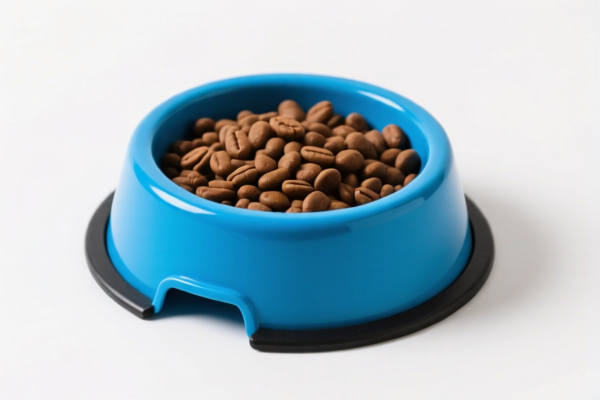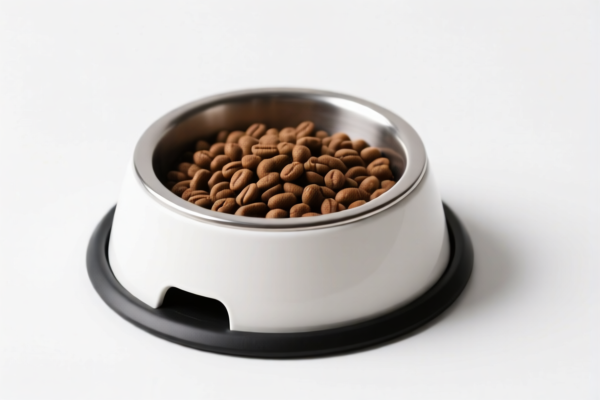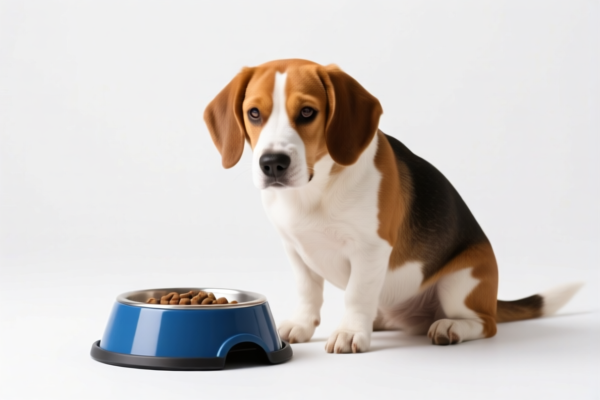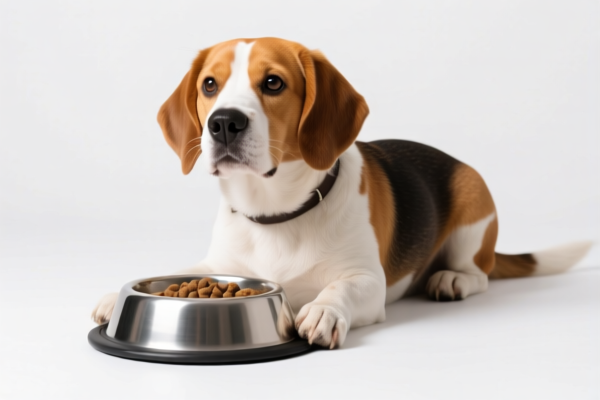| HS Code | Official Doc | Tariff Rate | Origin | Destination | Effective Date |
|---|---|---|---|---|---|
| 3923900080 | Doc | 58.0% | CN | US | 2025-05-12 |
| 3923500000 | Doc | 60.3% | CN | US | 2025-05-12 |
| 3924104000 | Doc | 33.4% | CN | US | 2025-05-12 |
| 3924905650 | Doc | 40.9% | CN | US | 2025-05-12 |
| 9602005080 | Doc | 40.2% | CN | US | 2025-05-12 |
| 3503005550 | Doc | 2.8¢/kg + 3.8%+37.5% | CN | US | 2025-05-12 |
| 3926901600 | Doc | 40.6% | CN | US | 2025-05-12 |
| 3926909989 | Doc | 42.8% | CN | US | 2025-05-12 |
| 4823908000 | Doc | 55.0% | CN | US | 2025-05-12 |
| 4823908680 | Doc | 55.0% | CN | US | 2025-05-12 |




Plastic Dog Feeder
A plastic dog feeder is a container designed to hold food for dogs, typically constructed from various types of plastic. They are a common method for providing measured portions of food to a dog, promoting controlled feeding and hygiene.
Material
The primary material is plastic, with common types including:
- Polypropylene (PP): A durable, lightweight plastic often used for its resistance to cracking and impact. Food-grade PP is frequently employed.
- High-Density Polyethylene (HDPE): Another robust plastic known for its strength and resistance to moisture and chemicals.
- Acrylic: Less common for the entire feeder, but sometimes used for lids or transparent sections to view food levels.
- BPA-Free Plastics: Increasingly common due to health concerns regarding Bisphenol A, ensuring the plastic does not leach harmful chemicals into the dog’s food.
Purpose
- Food Storage: Keeps dog food contained and protected from pests and environmental factors.
- Portion Control: Facilitates measured feeding, aiding in weight management and preventing overeating.
- Hygiene: Provides a dedicated, washable container for food, reducing contamination.
- Convenience: Simplifies the feeding process for dog owners.
Function
Plastic dog feeders function by holding a quantity of dry kibble or wet food. Designs vary, but generally allow for easy access for the dog while minimizing spillage. Some feeders incorporate features to maintain freshness.
Usage Scenarios
- Home Feeding: The most common use, providing food at scheduled meal times.
- Travel: Portable feeders are available for use during trips or outings.
- Automatic Feeding: Integrated into automatic feeders that dispense food at pre-programmed intervals.
- Slow Feeding: Specialized designs with obstacles or patterns to slow down eating speed, beneficial for dogs prone to bloating or rapid consumption.
Common Types
- Standard Bowls: Simple, open containers for holding food. Available in various sizes and shapes.
- Raised Feeders: Elevate the food bowl, potentially improving digestion and reducing strain on the neck and joints, particularly for larger breeds.
- Slow Feed Bowls: Feature internal obstacles or patterns to slow down eating speed, preventing bloating and improving digestion.
- Automatic Feeders: Dispense food at pre-programmed times and portion sizes. These can be timed, gravity-fed, or Wi-Fi enabled.
- Puzzle Feeders: Require the dog to solve a puzzle to access the food, providing mental stimulation and slowing down consumption.
- Travel Bowls: Collapsible or portable bowls for use on the go.
- Self-Filling Feeders (Gravity Feeders): Dispense food as the dog eats, maintaining a constant supply.
Plastic dog feeders fall under articles made of plastics, designed for conveyance or packing of goods, or as household articles. Here are relevant HS codes based on the provided information:
-
3923900080: This HS code covers articles for the conveyance or packing of goods, of plastics; stoppers, lids, caps and other closures, of plastics: Other. While broadly defined, a plastic dog feeder could be considered an article for conveyance (of food).
- 39: Plastics and articles thereof.
- 23: Plastics and articles thereof.
- 90: Other.
- Tax Rate Details: Basic tariff: 3.0%, Additional tariff: 25.0%, Post 2025.4.2 Additional tariff: 30.0%. Total tariff: 58.0%.
-
3926901600: This HS code covers other articles of plastics and articles of other materials of headings 3901 to 3914: Other: Pacifiers. Although specifically mentioning pacifiers, a dog feeder could fall under "other articles of plastics" depending on its design and function.
- 39: Plastics and articles thereof.
- 26: Other articles of plastics and articles of other materials.
- 90: Other.
- Tax Rate Details: Basic tariff: 3.1%, Additional tariff: 7.5%, Post 2025.4.2 Additional tariff: 30.0%. Total tariff: 40.6%.
-
3926909989: This HS code covers other articles of plastics and articles of other materials of headings 3901 to 3914: Other: Other. This is a broad category and a plastic dog feeder is likely to fall under this code.
- 39: Plastics and articles thereof.
- 26: Other articles of plastics and articles of other materials.
- 90: Other.
- Tax Rate Details: Basic tariff: 5.3%, Additional tariff: 7.5%, Post 2025.4.2 Additional tariff: 30.0%. Total tariff: 42.8%.
It is important to note that the final HS code classification will depend on the specific characteristics of the plastic dog feeder (e.g., its design, material composition, and intended use).
Customer Reviews
No reviews yet.